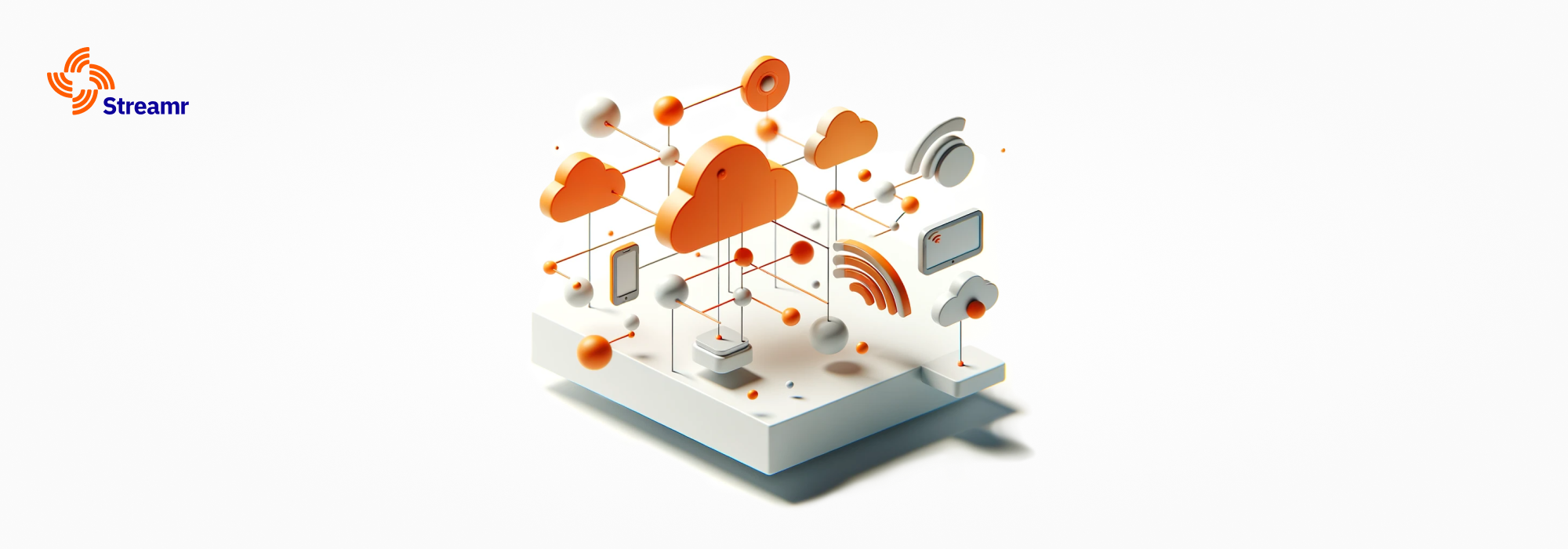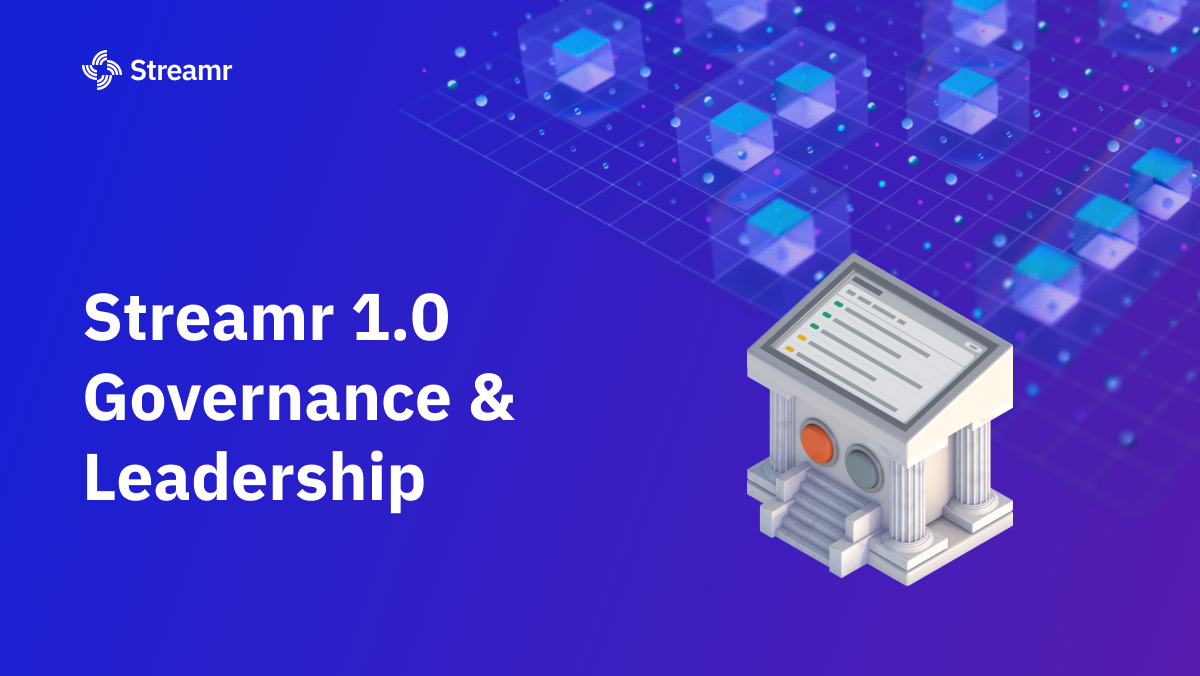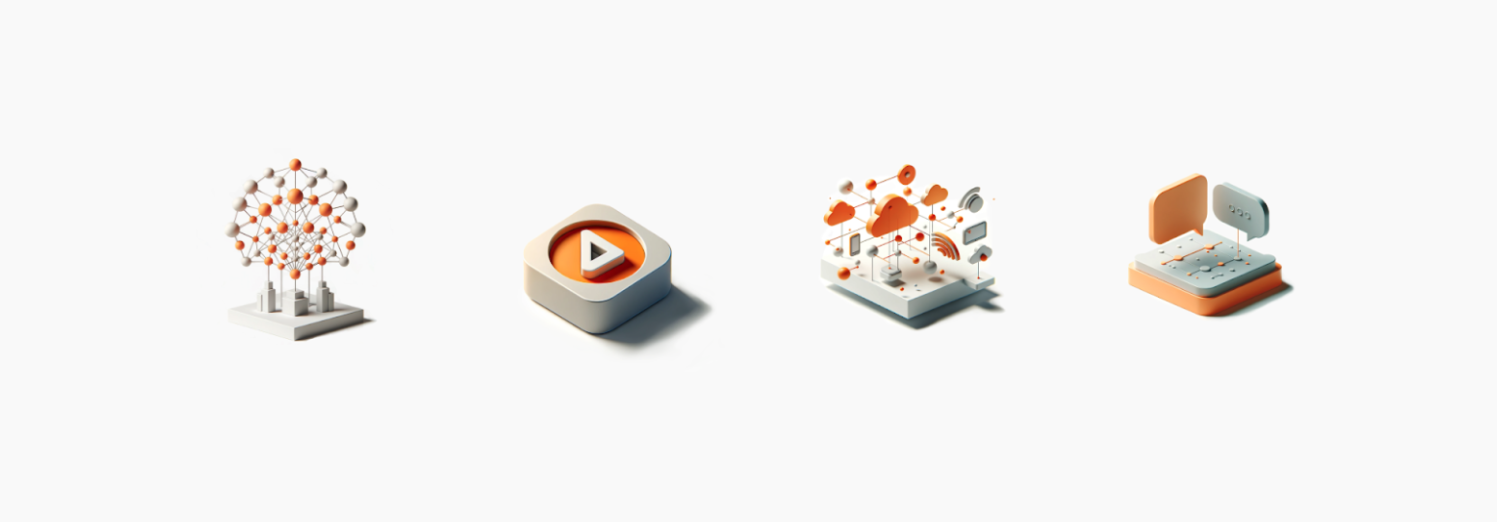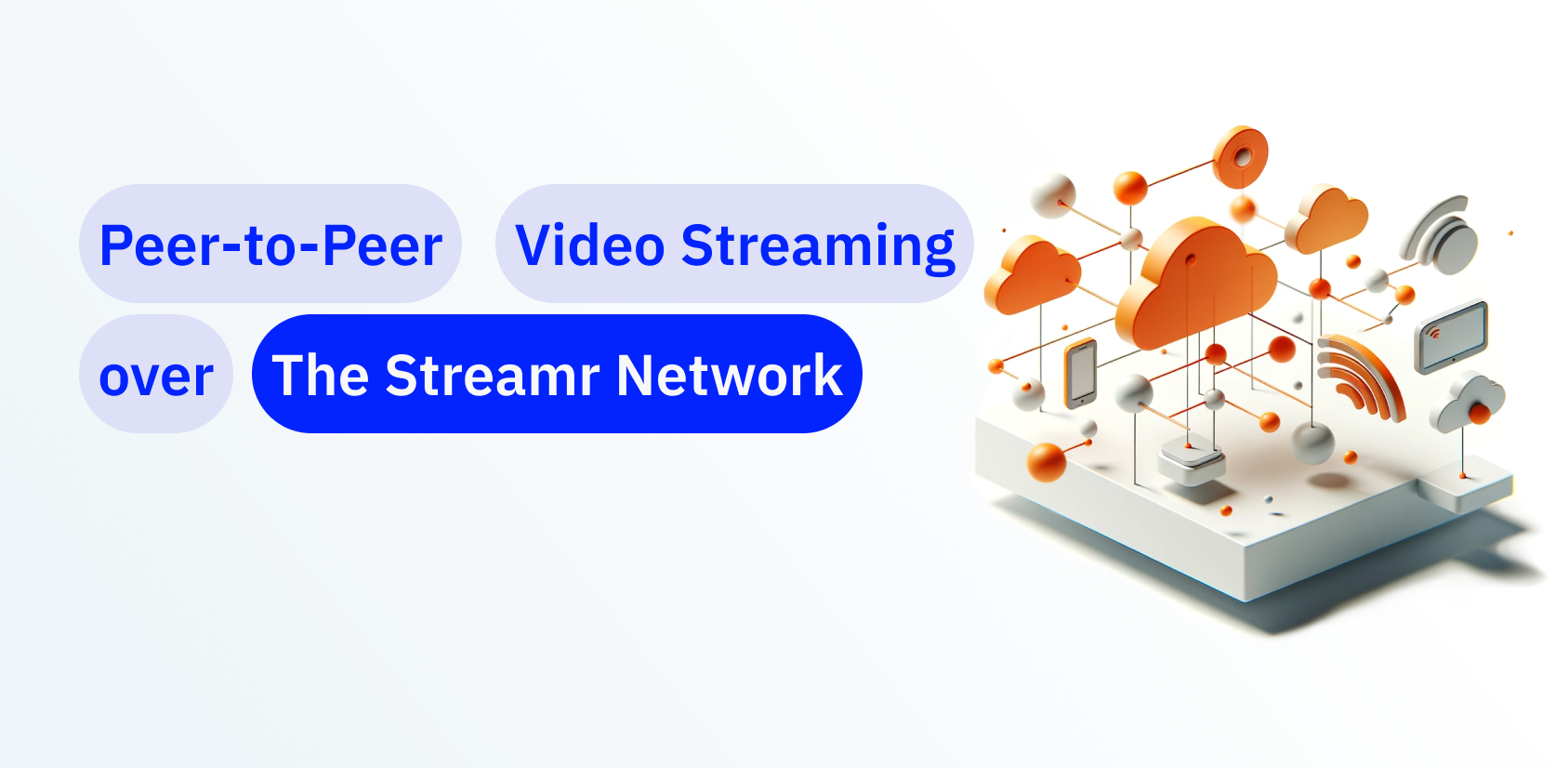Table of Contents
Testing the tokenomics of the Streamr Network with a digital twin
The Streamr team is currently designing the tokenomics for the Streamr Network, with support from the guys at BlockScience. Streamr’s CEO and co-founder Henri got together with Marek Laskowski, Jeff Emmett, and Michael Zargham from BlockScience to chat about testing the Streamr DATAcoin tokenomics via a digital twin. Here are the key takeaways from the discussion, and a look at where the DATA economy is headed.
What is the Streamr Network?
First off, let’s quickly recap what the Streamr Network is. In 2017, the Streamr founders set out to build a decentralized network for real-time data. The internet’s TC/IP protocol doesn’t include real-time data messaging. And that’s why users have been relying on centralized message brokers where servers relay data from data publishers to data subscribers. But, with the growth of IoT and smart services, these approaches are no longer good enough to create interconnected data economies. The solution is Streamr’s P2P approach, following a decentralized take on the pub/sub pattern.
We’ll be looking at two different layers, the Streamr Network for real-time data transport and the Ethereum blockchain for payments.
The role of DATAcoin
The Streamr Network token economy is powered by Streamr DATAcoin, an Ethereum ERC-20 token. The token already fulfills several functionalities such as payments. Going forward, reward, staking, and governance mechanisms will be added.
- Payments: This functionality is already implemented in the current version of the Network. Data subscribers and publishers can currently make and receive payments for their data streams on the Streamr Marketplace.
- Rewards: One of the challenges in designing the Streamr Network token economy lies in finding out how we can create the right incentives for broker nodes to contribute bandwidth to the Network. In the Bitcoin network, miners contribute proof of work by solving meaningless math problems, however, in the Streamr Network, mining is the contribution of useful bandwidth to the system.
- Staking: Streamr DATAcoin ‘hodlers’ can stake DATA to earn more tokens. Staking takes place on nodes, which also automatically increases a node’s reputation. Like this, DATAcoin holders don’t necessarily need to run their own nodes, but can still profit from being members of the Network’s token economy through earning a yield on their staked tokens.
- Governance: Proposals for the Streamr project can be voted on by Streamr DATAcoin holders to eventually enable the full decentralization of the Network. We will be running a pilot in the coming months to test out mechanisms on what a governance handover to the community could look like.
Why not just ETH?
This is a typical question that was raised many times during the crazy ICO days of 2017. Why not just Ether? Indeed, ETH and DAI can be used for payments on the Marketplace through our Uniswap integration. But beyond payments, ETH isn’t an adequate medium of exchange for rewards, staking, and governance. To make sure we can align incentives between node operators and the larger Streamr community, a network-specific token is necessary. Think of it like this, if you’re in the US you pay in Dollars, and in Europe, you pay in Euros. On the Streamr Network, it’s Streamr DATAcoin. Not every ETH holder is a Streamr community member, let alone operates a node in the Streamr Network. Because Ether doesn’t represent a stake in the ecosystem that we’re building.
Testing assumptions about the Streamr DATA economy
To test out different economic models for the Streamr DATA economy, the team at BlockScience has created a digital twin to run simulations. When designing token economies, a lot of subjective choices in modeling are being made. The best way to validate these assumptions is to just test them all out via a test network.
Ultimately, the goal is to find out how to best incentivise the Streamr broker nodes whilst securing the resilience of the Network and stimulating growth of participants. In addition, these kinds of simulations can help us to see how certain shocks or attacks would impact the Network.
Going forward, the aim is to fully decentralize the Network. Just like Bitcoin miners of the Bitcoin blockchain, the Streamr Network’s broker nodes won’t be under centralized control. In contrast to the Bitcoin Blockchain, however, the Streamr Network is already pre-financialised. The challenge is to determine the optimal incentives to grow and secure the Network at scale. Therefore, the BlockScience team is looking at different node operator personas to determine which constellation of personas results in a healthy dynamic for the Streamr economy.
Designing the Streamr Network Token Economy
There are many ways that a token economy can be designed. One popular choice,for example, is bonding curves to reward early adopters. Here an algorithm ultimately determines how a system can evolve.
When designing these types of systems, it is advisable not to have too many degrees of freedom, resulting in large, complex systems that make it hard to intervene should problems arise.
That’s why it makes sense to start from a set of first principles. These first principles are the physics of the system, under which everything else within the system is governed.
When testing these assumptions, seemingly irrational behavior from Network participants shouldn’t be excluded. As Michael Zargham put it during the video chat, “it takes a lot of energy to climb Mount Everest, but that doesn’t mean people don’t do it.”
Looking at the possible choices Network participants can potentially make, there’s an idealised topology and a realised topology. In their research, the BlockScience team observes the gap between these two states to eventually find the right rules to induce behaviour that keeps the Streamr Network healthy.
The road ahead
Token incentives will be layered into the Network as we progress towards our fully decentralised vision. In 2021 we will begin to phase in token rewards for early adopters with a community run incentivized testnet.










